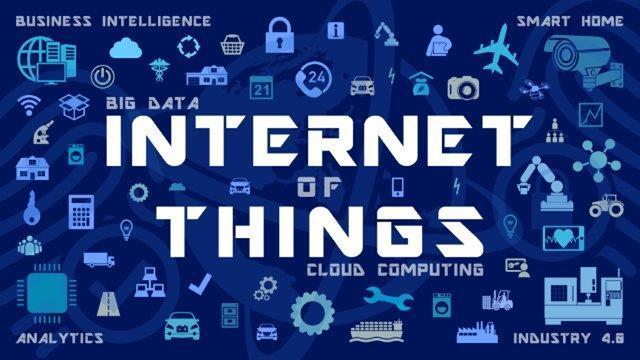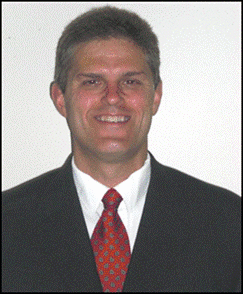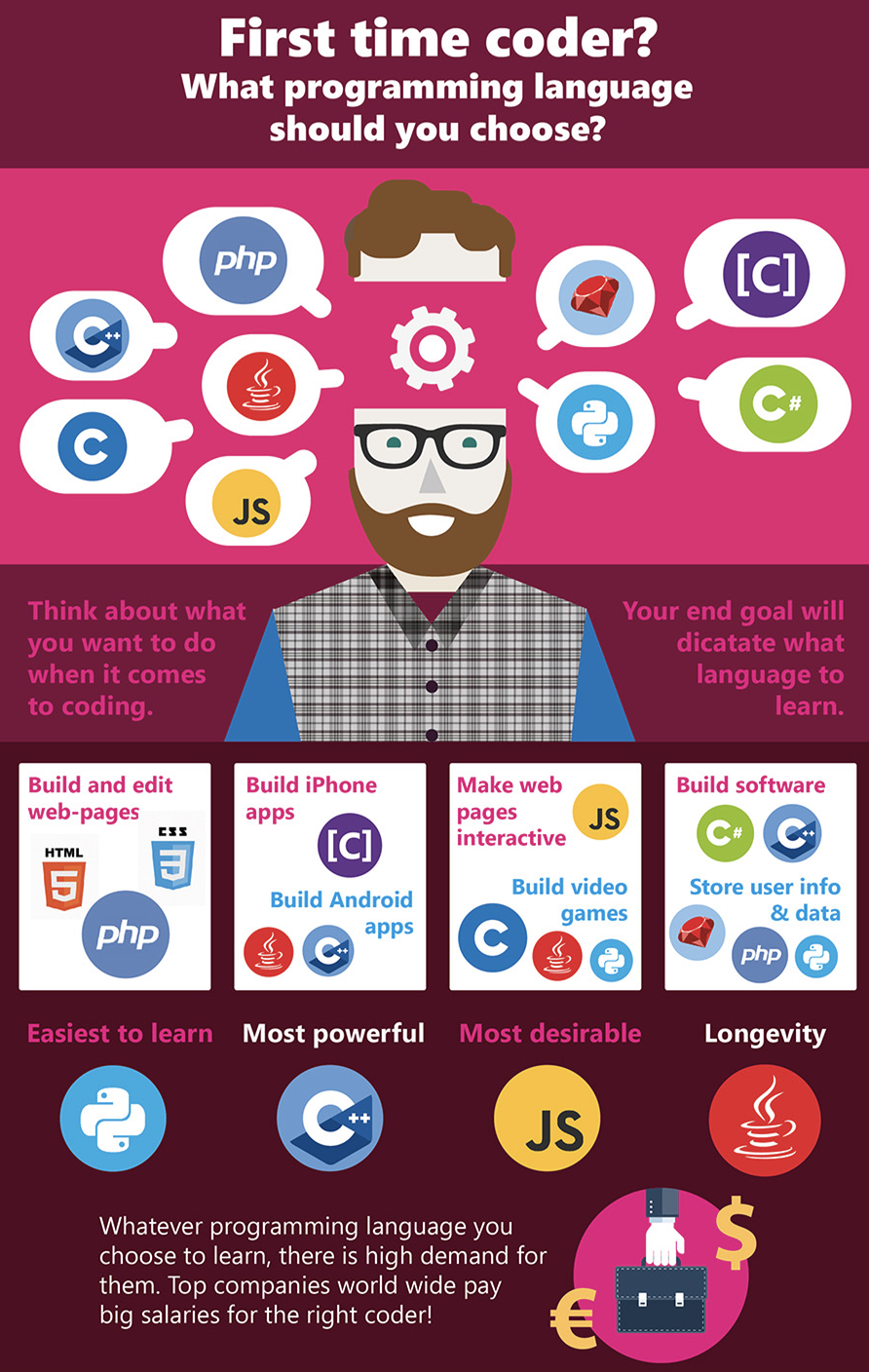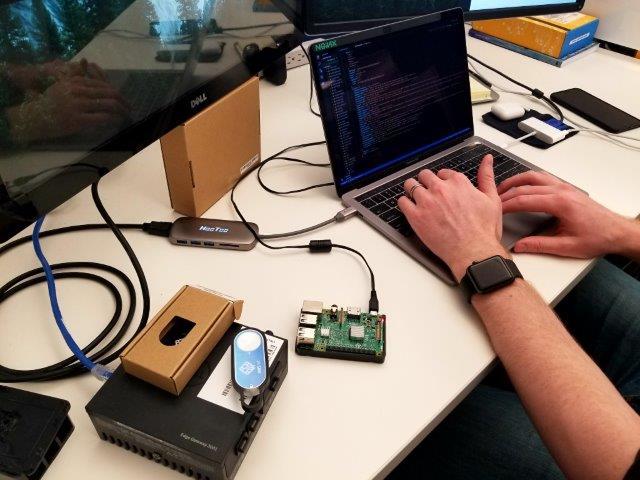
Career Spotlight: Will 2018 be the Revolutionary Year for Internet of Things?
Many organizations in Minnesota and across the nation are incorporating Internet of Things (IoT) technologies into their products, processes and business models. Gartner IoT predicts that there will be nearly 20 billion devices connected to the IoT by 2020 and that IoT product and service suppliers will amount to a business of $300 billion in revenue with retail, healthcare, and industrial/supply chain and transportation leading the way.
 In this month’s Career Spotlight featuring Internet of Things (IoT), we speak with Rick Miller, Sr. Director, Technology Futures at Medtronic — a global healthcare solutions company headquartered in Minneapolis, Minnesota with over 84K employees worldwide. Rick has been with the company for twenty years and speaks to us about his experience in the IoT field. His educational track began at Central Washington University where he earned a Bachelor in Management Science in 1982 and an MBA from the University of Washington in 1991.
In this month’s Career Spotlight featuring Internet of Things (IoT), we speak with Rick Miller, Sr. Director, Technology Futures at Medtronic — a global healthcare solutions company headquartered in Minneapolis, Minnesota with over 84K employees worldwide. Rick has been with the company for twenty years and speaks to us about his experience in the IoT field. His educational track began at Central Washington University where he earned a Bachelor in Management Science in 1982 and an MBA from the University of Washington in 1991.
MNSITCOE: Tell us a bit about your role.
RM: I lead the Technology Futures team at Medtronic, which is responsible for surveying and introducing various transformative technologies into Medtronic. IoT has been one focus area that we have surveyed, prototyped, and introduced designs for over the last 24 months.
MNSITCOE: What is the “Internet of Things?” What do we mean by IOT?
RM: A common phrase used to describe the Internet of Things (IoT), is “anything that can be connected, will be connected.” IoT is a network which connects objects, such as medical devices, through embedded electronics, sensors, and network connectivity like Wi-Fi. The IoT gateway (or hub) gathers data from connected devices and stores it in the cloud or elsewhere, making it possible to collect, store, access, and analyze data from a device faster, easier, and with greater accuracy.
WATCH: How it Works: Internet of things (Source: IBM Think Academy)
 MNSITCOE: How do people use the “Internet of Things” in their daily lives? Can you give us some examples?
MNSITCOE: How do people use the “Internet of Things” in their daily lives? Can you give us some examples?
RM: One of the most common connected devices you may use is a wearable fitness tracker. The device tracks your movements and connects to an app on your phone through Bluetooth or Wi-Fi. More and more homes are becoming “smart homes” through IoT technology. For example, you may have a smart thermostat that detects when you are home through sensors and adjusts the temperature in your home accordingly. A smart fridge may help you look up a recipe, make a grocery list, or even order items from your grocery list. You may also use an app on your phone to unlock your garage door or control your sprinkler system. Voice-activated digital assistants can now control other smart devices in your home such as your TV or stereo, as well as read your calendar, look up information, read you the news, or order items on your shopping list.
MNSITCOE: What types of careers are available to people who are interested in the “Internet of Things”?
RM: IoT is such a varied field that there are careers available in an endless number of specialty areas.
- Design of the device
- Design of the gateway or interconnectivity network
- Design of the software to manage the device or provide services
- Analysis of the information from the device
MNSITCOE: How does the “Internet of Things” help people in the medical or health care industry?
RM: In the broadest application of the term, any exchange of information with devices used to manage the health of people would be IoT. This has been occurring for a long time in the health care industry including with my company. The difference the latest trends in IoT are making to the industry is that the standardization and spread of the protocols and interconnectivity networks allow many new applications of this the connectivity to be envisioned and developed.
Two of the greatest areas that IoT is making a difference in the health care industry are through:
- Using connected medical devices for patient therapy data
- Or using data from the machines themselves to ensure that they are well-maintained and up-to-date.
MNSITCOE: How important is the “Internet of Things” to the health care industry of the future?
RM: We can only envision the wide variety of uses which will be made of information from the vast array of devices which are being incorporated into the Internet of Things. You only have to see the use made of the connectivity of fitness activity sensors to feed exercise and diet applications that make recommendations to see the potential impact.
MNSITCOE: What types of college degrees would someone need to enter into a career in the “Internet of Things?”
RM: Recently colleges have started to offer degrees specifically targeted at IoT which have the most obvious connection. However, since the field is so broad, degrees in hardware or software engineering, cybersecurity, or Information Technology can provide a foundation to launch a career in IoT.
MNSITCOE: What courses would you recommend a college student take if they wanted to enter this field?
RM: Classes in IoT are emerging at many schools, otherwise software engineering, embedded systems, Java and JSON programming, and certifications in cloud services.
MNSITCOE: What types of skills would someone need to develop in order to work on the “Internet of Things?”
RM: Like most modern systems, IoT is driven by software. Programming is the most critical skill for entry-level positions in IoT. It’s also important to have curiosity and a willingness to learn, because new technologies are always emerging.
MNSITCOE: How did you get started in the IOT?
RM: My job responsibility is to research and introduce new technologies to my company and IoT was an area identified as an emerging area.
MNSITCOE: What advice do you have for someone thinking about entering careers in the “Internet of Things?”
RM: The growth potential in IoT is tremendous and it is transforming the way we run our homes and devices. Research IoT, identify and area you have passion for, and start some hands-on prototypes to gain more familiarity. Research and identify companies operating in the areas you want to work in and contact them or explore their careers pages.
MNSITCOE: Are there closely-related careers to the “Internet of Things?”
RM: Yes, there are a wide variety of closely-related careers to IoT. IoT is such a broad area and takes advantage of many of the cloud native services which are being offered by cloud vendors. Careers in technology related to the Cloud utilize many of the same skills. IT, security, software development, and data analytics may all be closely related to IoT.
MNSITCOE: How important is the “Internet of Things” to the economy of Minnesota? How far does it reach when you think about all of the applications?
RM: Since many large companies call Minnesota home, IoT may have an impact on the economy in Minnesota. IoT is so broadly defined that almost all companies are or will be operating some elements of IoT, so it’s reach is unlimited.
 MNSITCOE: In Minnesota, what are some of the top professional associations or groups that someone should join if they are in IOT careers? At a National level?
MNSITCOE: In Minnesota, what are some of the top professional associations or groups that someone should join if they are in IOT careers? At a National level?
RM: There are many meetups of IoT groups in cities around the US, including very active IoT Twin Cities chapters. Specific industries may also have organizations or alliances.
Local Meetups:
IoTFuse is a monthly meetup in the Twin Cities
IoT Twin Cities
National organizations (may have MN chapters):
- Internet of Things Consortium
- IMC
- Wireless Technology Forum
- Industrial Internet Consortium
- Secure Technology Alliance
- IoT Security Foundation
- The Institute of Electrical and Electronics Engineers (IEEE) has an IoT Community
MNSITCOE: What does the future look like for people interested in careers involving the “Internet of Things?”
RM: IoT is still rapidly evolving and maturing with new applications arising almost daily. It is an ideal time for people to get involved.